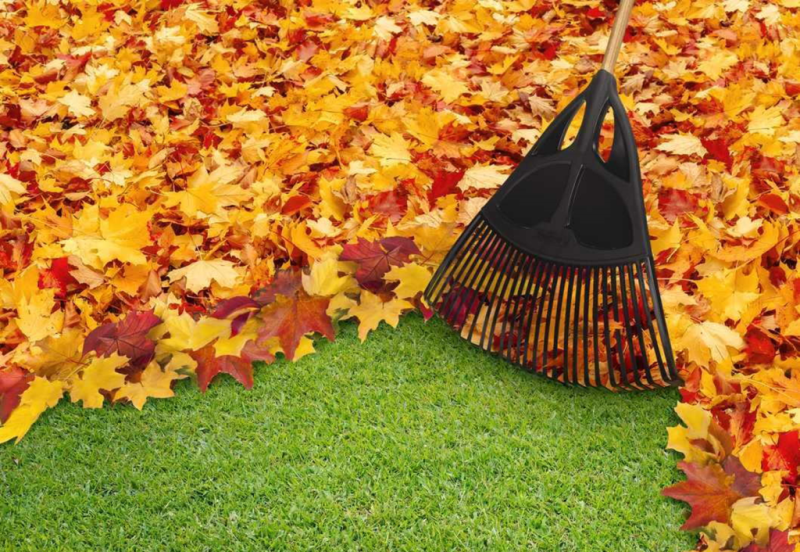The fall comes to full swing in mid-October, and it’s around this time your yard most likely looks like it has been deserted for ages. With all those diseased or fallen leaves, fallen fruits, broken branches dotting everywhere in the yard, Fall is the right time to clean things up before the Winter sets in, and all this mess gets covered under a white, cold snow blanket.
We have reached out to R & G Almanza Landscape Inc in Skokie IL at rgalmanza.com. They perform essential services such as landscaping and gardening for clients in the Chicago area. The tips below contain both their recommendations and our research.
Tidying up in Fall will protect your plants against any residual hidden pests and reduce the chances of these pests appearing the following year. So if your yard is looking untidy and unsightly right now, roll up your sleeves and get down to work.
Here are the areas you need to consider when undertaking a yard cleanup.
Yard Debris
Yard debris results from weeds, fallen fruits, and any other lose unwanted items in your yard. If left to accumulate for long, they can settle in layers and form an excellent breeding ground for pests and other disease-causing vectors.
When the debris finds its way into your drainage, it may cause blockage and eventually damage your drainage. That’s why you need to take your time to rid your yard of any debris in your yard. Give special attention to the flower beds (rose beds) because they have foliage most likely to foster diseases in winter. Apart from attracting pests that cause diseases, this debris also makes your yard untidy.
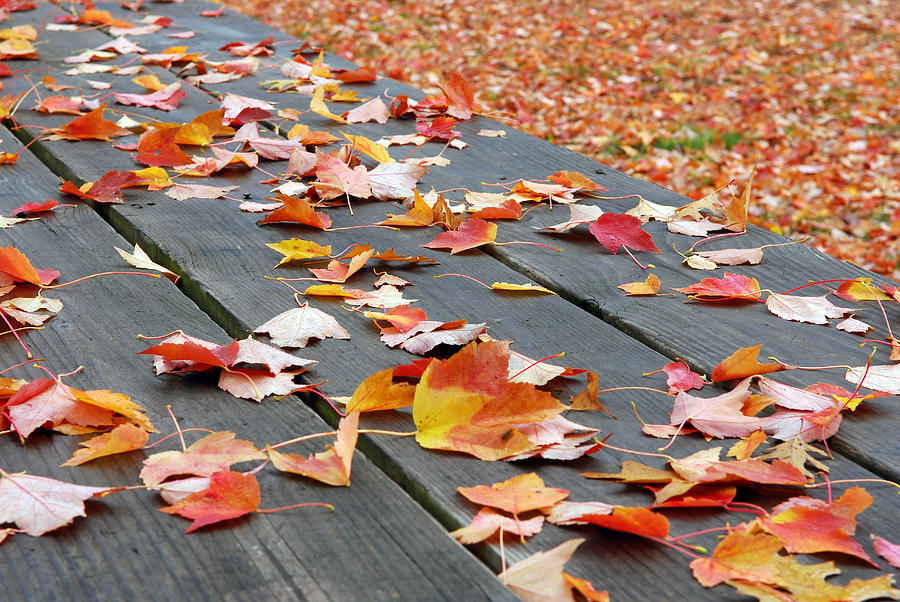
Fallen Leaves
Fallen leaves are another pain in the neck for many homeowners. Leaves keep falling daily, and the situation can worsen if you have many trees and shrubs in your yard. However, with leaves, there’s no need to be a perfectionist.
A few leaves here and there are actually beneficial to your yard. They provide some pollinators like ladybugs and butterflies with places where they can snuggle to overwinter. The leaves also attract insects, which are suitable for your pets. The only problem will arise when you allow leaves to pile up for long. A leaf pile can prevent air and sunlight from reaching the grass, suffocating, and killing them.
Again, if your yard is buried under leaves, moisture will be trapped in the soil and on the grass. Since there’ll be no sunlight on the grass, they’ll become weak and may not be able to survive another winter. The result is that, eventually, your lawn will remain without grass.
Moisture also encourages disease-causing organisms to thrive in the soil, and this may affect all the plants in your yard. So, ensure your yard is free from fallen leaves to protect your grass and other plants. You can use a leaf blower to help you remove the fallen leaves faster.
Lawn Maintenance
This is the right time to ensure you send your lawn into winter with enough nutrients to maintain it over the cold season. Add fall yard fertilizer to help grass roots get enough phosphorus. This will guarantee you a green, lush lawn when the spring sets in. You also need to aerate the soil by breaking it up to ensure the nutrient will easily reach the plant roots. This will also prevent the pooling of water and to fight soil compaction.
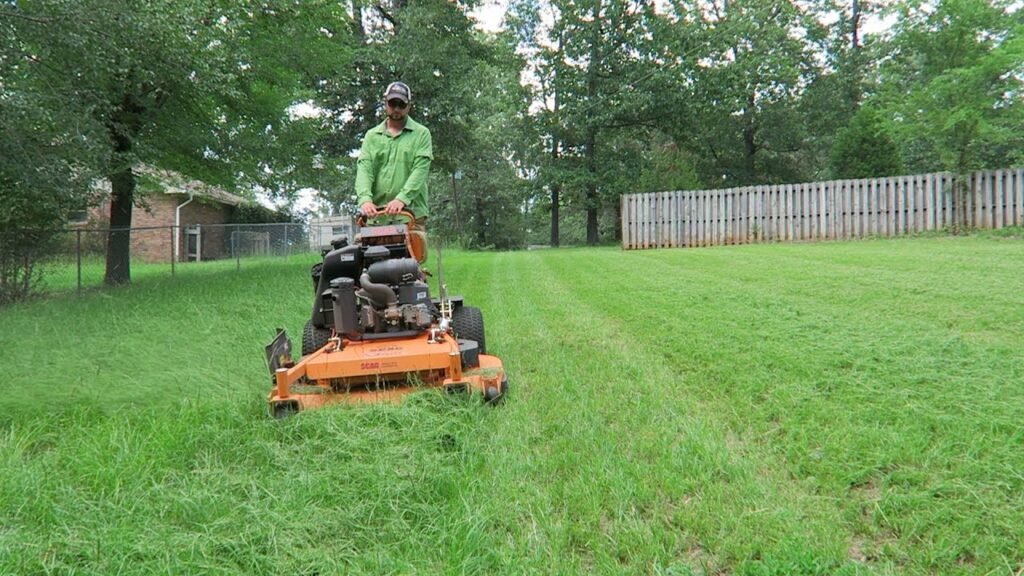
Garden forks are great for this job, but only if your yard is small. For big yards, you may need an aerator. One last mowing before spring may be necessary to ensure proper aeration. This will preserve grass seed and guarantee you a healthy lawn after Fall. Choose a low setting for your mower then give your lawn a close cut to help the soil to dry well.
Lawn Fertilizer
A green, healthy lawn will compliment your landscape and add curb appeal value to your home. Good lawn fertilizer should minimize pest and weed issues and promote healthy plant growth. There are many commercial fertilizers out there, but not all of them are suitable for your lawn.
Picking the right fertilizer begins by understanding your sod and soil type, and knowing the grass fertilizer numbers. Grass grows in the topsoil, where nutrients get washed away easily. That’s why you need to replenish them. The primary nutrients required by plants are potassium, phosphorus, and nitrogen. Nitrogen promotes color and foliar growth; phosphorus promotes root and flower growth, while potassium enhances the use of nitrogen by plants.
It is only through soil tests that you can determine what proportion of these nutrients your soil needs. Since commercial fertilizers can be harmful to plants, you can replace them with organic matter. Compost/grass clipping is an excellent source of nutrients to the soil. Clippings are biodegradable and will break down readily rather than accumulating.
Prune Trees
Rogue, diseased, damaged, or dead branches are unsightly in a yard and need to be removed. You have to get rid of them in late Fall to give the remaining part enough time to grow. This will also ensure that you don’t have any falling or breaking branches when the snowfall comes.
Fall cleanup also involves pruning all the trees and shrubs/bushes to give the lawn a new look. You can as well uproot any dormant trees that are wasting space in your yard. If you have forsythia, lilac, or any other perennials that bloom in springs, this is the time to prune them. Use the correct tools so you don’t damage the remaining parts of the plants.
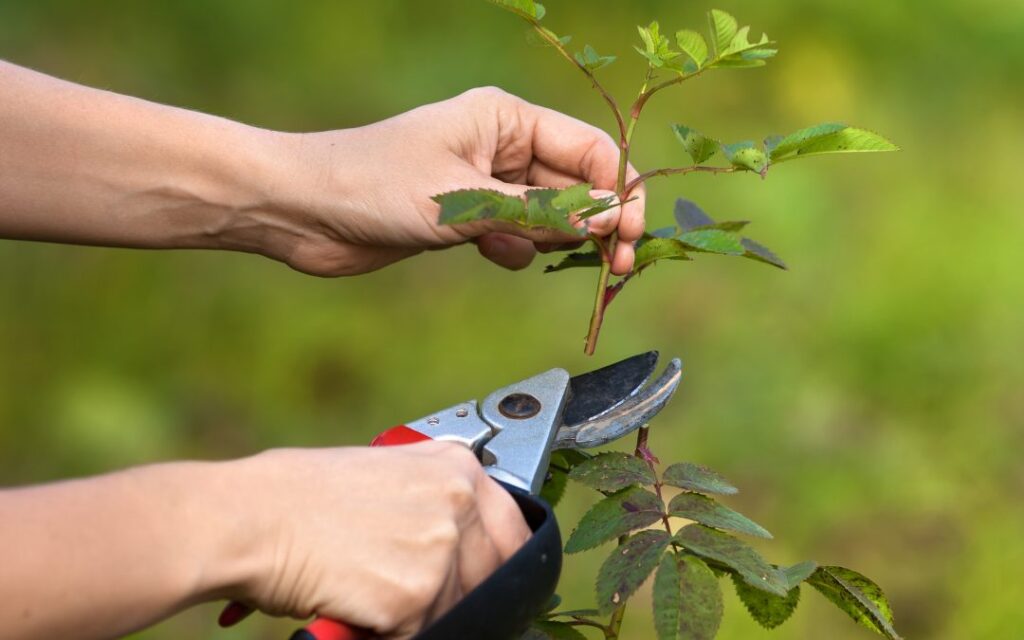
Sensitive Plants
If you love your sensitive plants like roses, shrubs, and perennials, you have to keep them in top shape throughout the Fall and during winter by protecting them against damaging cold. An unexpected significant drop in temperature can devastate your lawn.
By being a little vigilant, you can save your plants from freezing. One way is to take sensitive potted plants inside the house and let them stay there until the temperatures normalize.
While in the house, don’t put them in hot areas. Choose a place where the plants can enjoy just enough heat. For plants that can’t be moved, you can use a mulch to protect them from cold. You can also wrap them in clothes.
Clean Your Garden Beds
Your vegetable beds need thorough cleanup. It is advisable to eliminate any diseased or pest-infested plants from your gardens and ensure the space between plants is clean. You can either burn or bury the diseased/pest-infested plants, so they don’t infect other plants.
It would be best if you did not compost diseased or pest-infested plants because the diseases or pests may thrive in the compost pit. Once you are convinced that the garden bed is clean, apply compost or a thin layer of leaves over the garden beds to protect the soil and enrich it with nutrients.
Vegetable Gardens
Vegetable gardens are essential in your landscape, not only for their nutritional value but also because of their aesthetic value. There’s no need to keep buying vegetable seeds every season.
You can reduce the cost by collecting dried seeds from old vegetables as you pull them out. Once you’ve pulled out all the old vegetables, till the garden, then add nutrients/fertilizer in readiness for the next planting season. To ensure you get good seeds every season, you have to take good care of your vegetables.
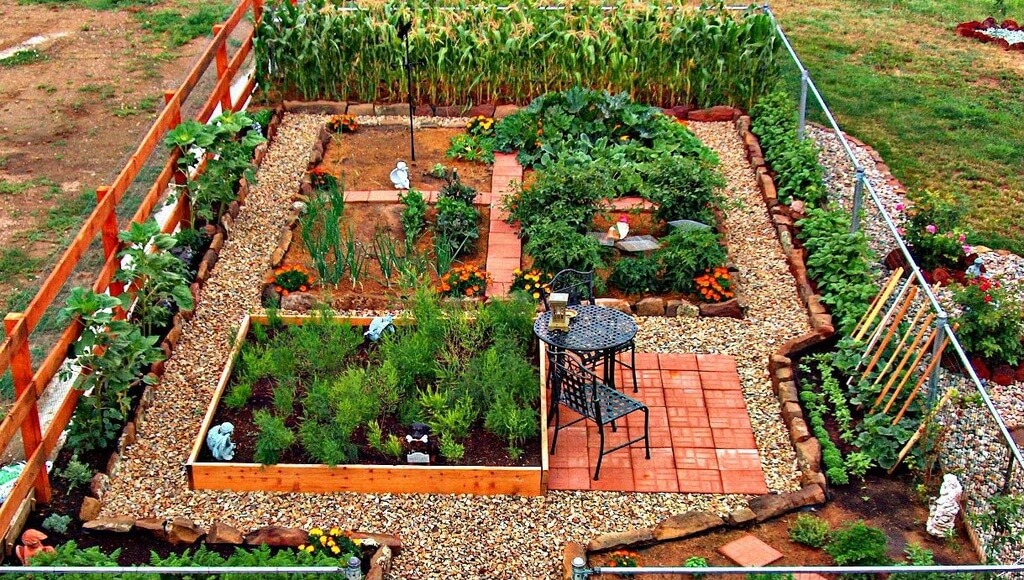
Flower Gardens
As you undertake the Fall cleanup, don’t forget your flower gardens. Flowers make your year look attractive, but only if they are well taken care of. Like with other plants, check your flower garden for any diseased, damaged, or dead flowers and remove them. You can then till the garden to clear the weeds then plant new bulbs.
Tools to Use
Using the right tools is the surest way to ensure the continuity of plants in your lawn. Wrong tools can damage your plants and leave your yard in a pathetic state. Here are some tools you may need.
-
Gloves
Gloves are meant to protect your hands as you work. Ensure you choose ones that are rugged and durable to serve you longer.
-
Rake
A rake can be used to remove any loose materials from the lawn. It also comes in handy after mowing to collect the cut grass and put them at their rightful places.
-
Leaf blower
A leaf blower can work in place of a rake, but it will only work for blowing leaves and loose materials. It cannot blow partially buried materials that only rakes can remove.
-
Mower
A mover can help you clear your yard faster than a slasher. The advantage of a mower is that you can set it to the desired cutting level to get a uniform cutting.
-
Branch trimmer
Branch trimmers are necessary for the safe cutting of unwanted branches. When used carefully, the plant will not be damaged, and only the unwanted branches will be cleared off.
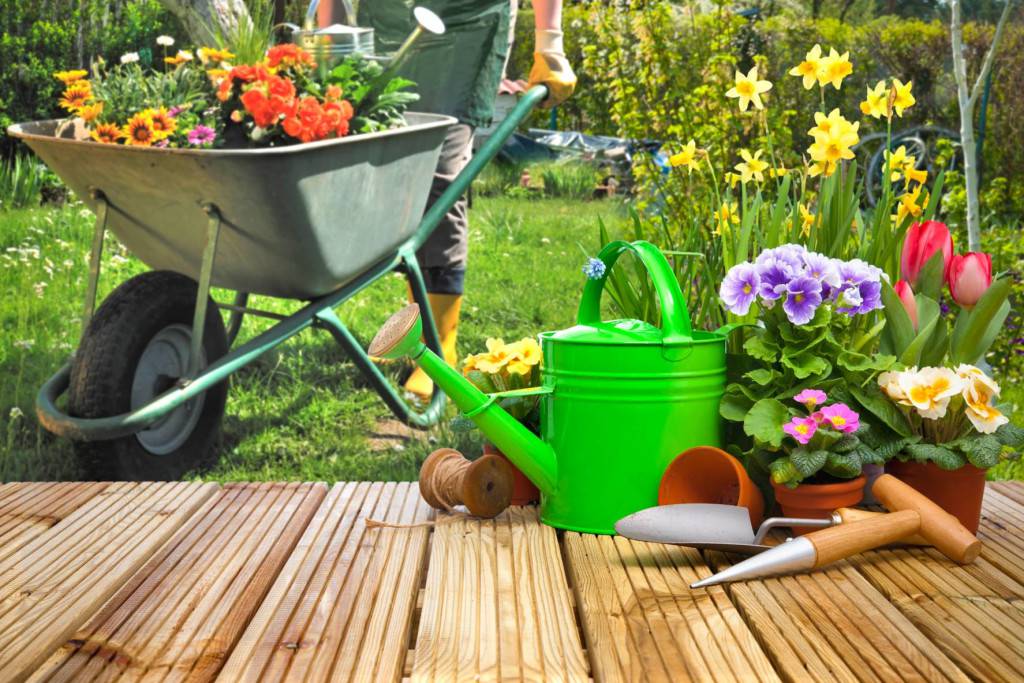
Other tools and equipment you may need include:
- Shovel
- Pruning Shears
- Grass Trimmer
- Hedge Trimmer
- Lawn Aerator
- Buckets
- Eye protection equipment
- Ear protection equipment
- Snow blower
- Fertilizing Equipment
Ensure you use each tool for its intended purpose, and wear the necessary protective gear when using them.
Clean the tools after use
Once you are done with the tools, ensure you clean and oil them before storing them. Don’t just throw them in your store when they are dirty. You should also ensure they are dry before storing them. Dirt and moisture accelerate rusting, which may reduce the lifespan of your tools.
As you can see, cleaning and maintaining your lawn involves a lot. You may not have time to do all these if you have other commitments. You may also not have the training to carry out some of the processes like soil testing. That’s why it may be necessary for you to hire a trained, qualified, and experienced landscape contractor.
Final take
Performing your fall clean up should not be a hassle. With the tips and tools discussed above, everything should be a breeze. Besides providing you with a relaxing outside area, landscaping increases property value (see here and here).
